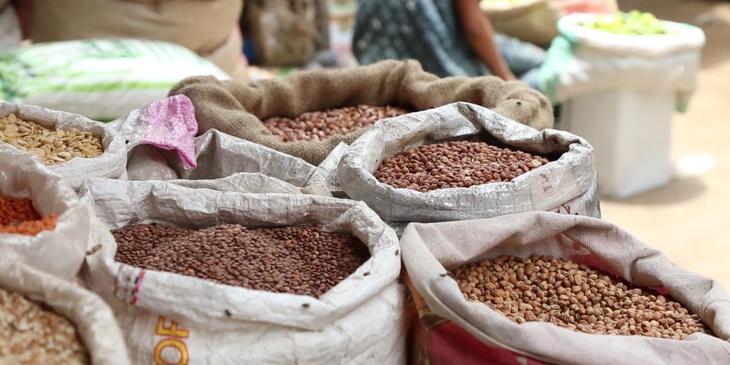
Option 11A
Support farmers’ conservation, management and sustainable use of PGRFA through targeted emergency assistance.
Emergency assistance can take various forms, including financial aid, vouchers or direct distribution of essential goods, such as food or seed from emergency stocks. Depending on how it is designed, emergency assistance can have substantial impacts on farmers’ conservation, management and sustainable use of PGRFA during and/or after an emergency. Women and men may be differently affected by the emergency itself, as well as by the measures that are taken. Such differences may need to be considered so that all those who need help can be reached through appropriate measures.
Contracting Parties and stakeholders may thus want to carefully assess potential impacts of emergency assistance on farmers’ conservation, management and use of PGRFA and observe relevant national disaster risk legislation as well as international standards and norms. In disaster-prone areas, vulnerability mappings and/or assessments of seed system security may be conducted to identify vulnerable groups and pathways of seed access for various crops and varieties, including local ones, and to assess how such pathways may be strengthened in an emergency.
By establishing national emergency funds and/or solidarity-based funds and insurances, farmers can be provided with the means to continue the conservation, management and sustainable use of PGRFA, for example in situations where fields, equipment and storage facilities have been destroyed.
Example(s) of possible measures:
- Vulnerability mapping of smallholder farmers in Morocco (Morocco/Africa). Click here
- Crop insurance (USA/North America). Click here
- Support of small-scale farmer seed systems and promoting farmers’ rights and sustainability of seed in emergency situations (Malawi, Mozambique, Zimbabwe/Africa). Click here